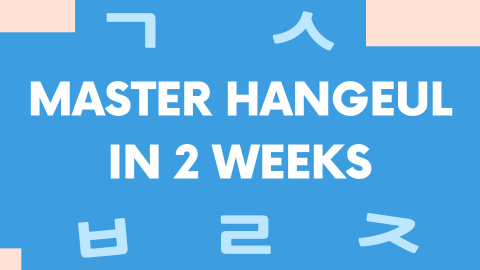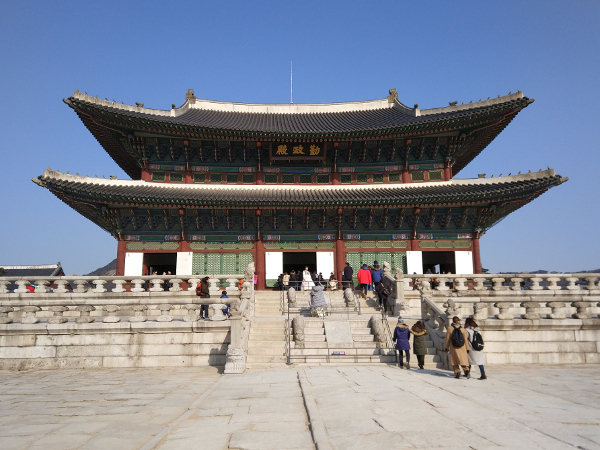Korean Lessons ᚛ Level 2 - Korean for Beginners #1 (Lessons 31 to 60) ᚛ Lesson 51 - Say "and" between verbs in Korean [-고]
Say "and" between verbs in Korean [-고]
In the previous chapter, we saw how to say "and" between nouns using the particles 하고, 와/과, and (이)랑. In this chapter, we will see the verbal structure that allows one to express "and" between verbs and adjectives.
"And" in Korean with -고
In order to list verbs or adjectives, it is common to use the ending
-고 after the stem of the first verb in the following manner:
[Action 1 : … Stem]고 [Action 2]
지유는 책을 읽고 진은 피아노를 쳐요.
→ Jiyu is reading a book and Jin is playing piano.
주말에는 친구들을 만나고 술을 마십니다.
→ On the weekend I see friends and drink alcohol.
여행 계획을 짜고 짐을 쌌어.
→ I have made my travel plans and packed my bags.
Depending on the context, -고 may also be translated as "then" when the actions are completed one after another.
저는 햄버거를 먹고 집에 가요.
→ I eat a hamburger, then I go home.
공부하고 놀아.
→ Study, then play.
3교시 끝나고 편의점에 갈 거예요.
→ The third hour of class ends, and then I'll go to the convenience store.
-고(요) at the end of a sentence
Learn more
"And" with 그리고
The word 그리고 literally means "and". It is generally used at the beginning of a sentence and can be translated as "and then" or "and also" when one wishes to add new information.
나는 어제 집에 늦게 갔어. 그리고 바로 잠들었어.
→ Yesterday I got home late. And I went to bed right away.
나는 사과, 포도 좋아해. 그리고 수박도 좋아해.
→ I like apples and grapes. And I like watermelons too.
Exercises
Learn more
Coming soon
Learn more

